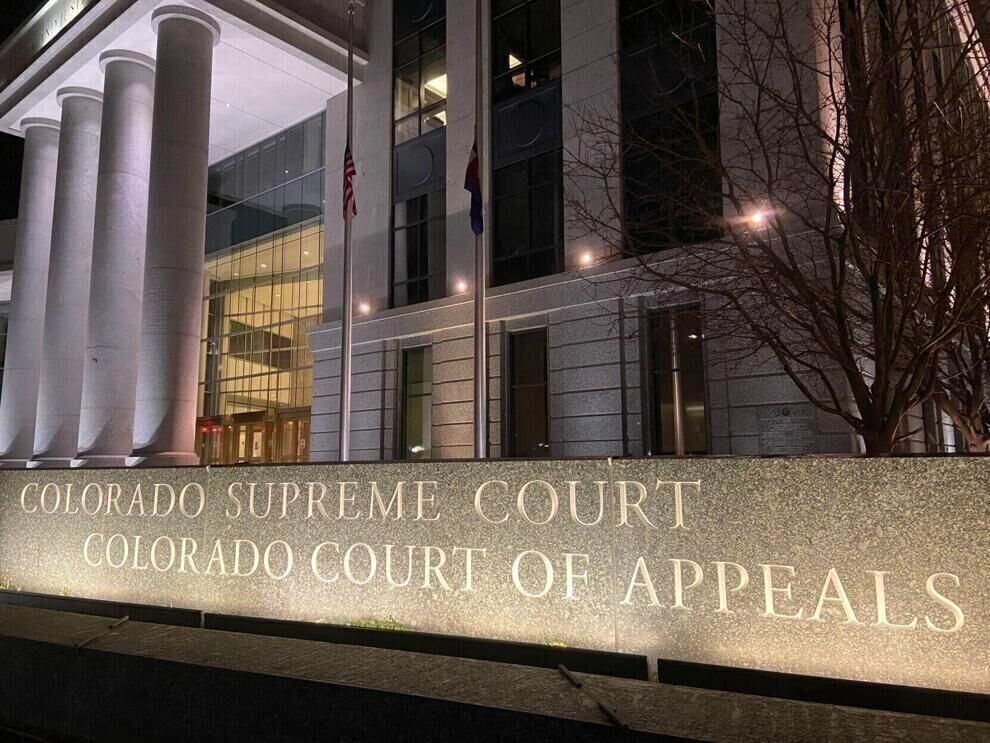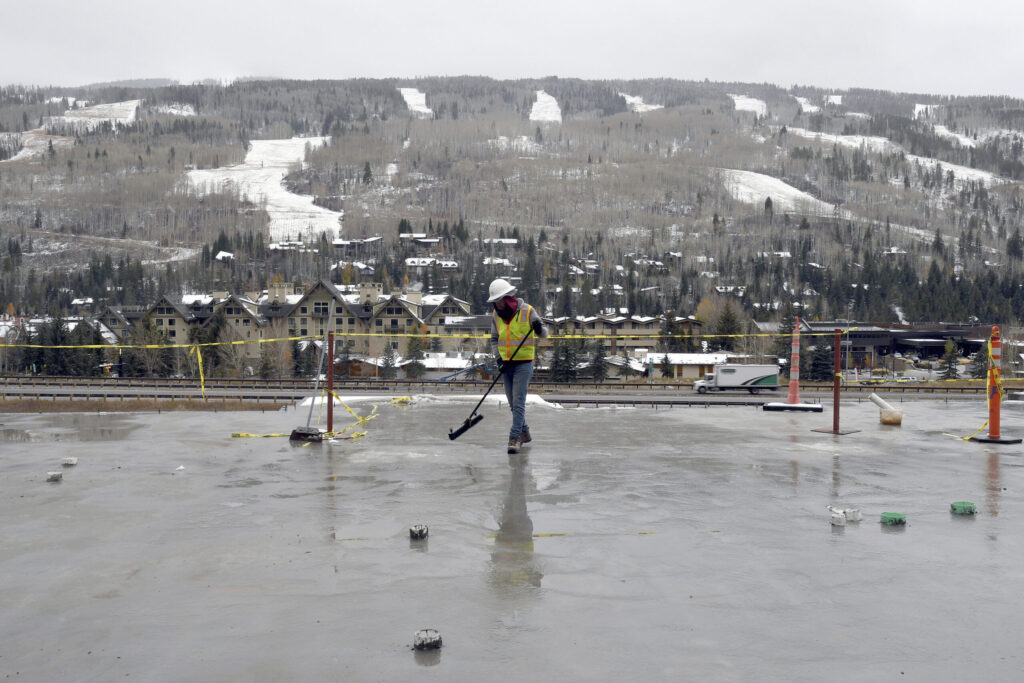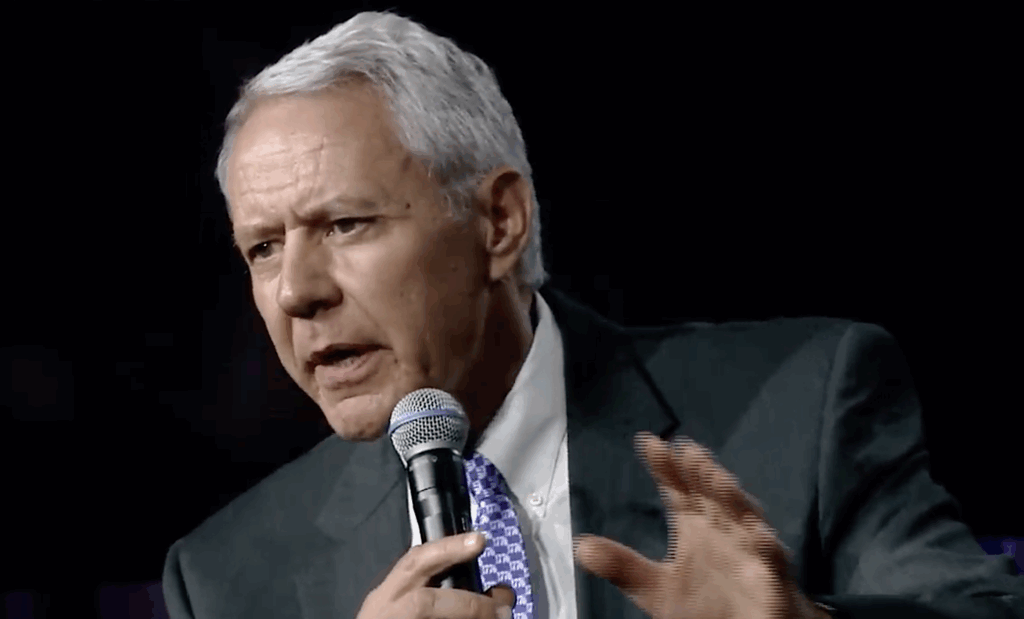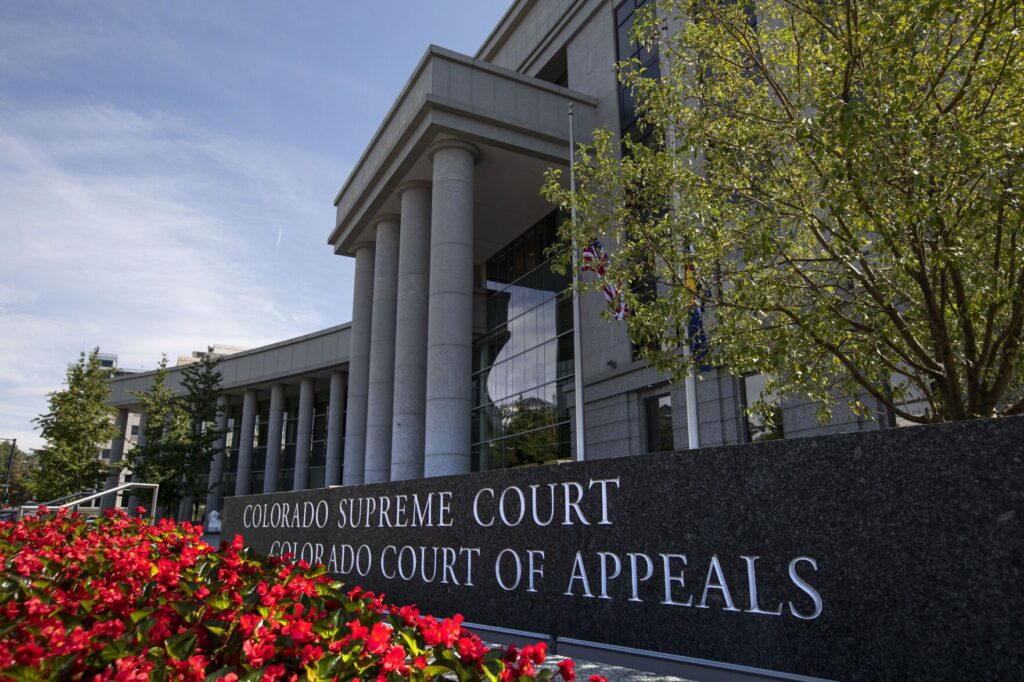Federal task force recommends cabinet-level agency on water

A presidential council focused on infrastructure has released a draft report calling on the Biden administration to set up a cabinet-level agency on water, with the Colorado River crisis as one of the major drivers.
In its report, the President’s National Infrastructure Advisory Council called for a Department of Water or “some other entity that stewards water at the cabinet level.”
The council is made up of senior executives from industry and state and local government who operate or own critical infrastructure in the country and is tasked with advising the president on practical strategies for industries and government in order to reduce the risks to critical infrastructure sectors.
At the behest of the National Security Council, the group began convening last December on the water issue.
The NSC asked the group to look at how the federal government should “help critical infrastructure owners and operators prepare for the rapidly evolving water crisis (including the Colorado River Basin),” along with actions the federal government should take now to minimize the effects of water infrastructure problems on the economy, energy, agriculture, inland waterway transportation and flood control.

marianne.goodland@coloradopolitics.com
A subcommittee that began meeting in March focused on the Colorado River crisis and heard from local and federal water agencies and experts, including water agencies from California and Utah. Its final meeting was with Bureau of Reclamation Commissioner Camille Calimlim Touton, which took place the day before she spoke to the Getches-Wilkinson conference in Boulder earlier this month. That conference also focused on the Colorado River crisis.
“The nation’s current use of water is unsustainable, in part due to unsustained investment,” the report said. “Decades of chronic underfunding and underinvestment have impacted the condition, reliability, and resiliency of the nation’s critical water infrastructure. The U.S. government’s share of capital costs on water infrastructure fell from around 60% in 1977 to below 10% in 2020.”
In the West, “population growth and rampant development, decades of drought, overuse of stored surface water, and over pumping of groundwater have created a critically unsustainable situation,” the report said, acknowledging the effects of 23 years of drought on Lake Mead and Lake Powell.
“The Colorado River is a case in point,” the report said, pointing out that the Colorado River Compact dictates more water allocated than the river can provide. The report also noted the recent agreement among the three Lower Basin states of California, Arizona and Nevada to reduce their use by one million acre-feet over the next three years, with the cuts paid for largely with $1.2 billion in federal Inflation Reduction Act that would incentivize farmers to reduce irrigation.
But it’s only a temporary fix, the report said, and, if the drought continues, “a more sustainable solution must be reached.”
The report made 11 major recommendations, including the establishment of a cabinet-level agency on water, and an awareness campaign. The recommendation pointed to a 1970s campaign on pollution that featured a Native American crying, which “skyrocketed the environmental movement into public awareness.”
“While this ad became controversial and has since been retired, at the time of its release, it was an influential advertisement campaign,” the report said.
The Colorado River is not the only problem the report identified – it also raised concerns about water quality, and specifically about the effects of “forever chemicals,” such as PFAS, on drinking water supplies. The report noted other challenges, such as scarcity of water, climate change, looming workforce shortages at the nation’s water utilities and emergency management, including hurricanes on the East Coast in the last few years that affected water supplies.
“Costs for the monitoring, removal, and disposal of PFAS will exceed the additional EPA funding available,” the report said, and that will require water utilities and their ratepayers to cover the rest. “Such unfunded or underfunded mandates add additional stress to water providers who also must replace aging infrastructure and assure sustainable water supplies.”
Another area of concern is the lack of water availability, largely in low-income or minority populations or on tribal lands.
“Successful mitigation of the risks water crises presents requires a coordinated effort between owners, operators, and the federal government,” the report concluded. “The response must be nuanced, timely and intent on delivering results that strengthen the security and resilience of our nation’s critical infrastructure.”













